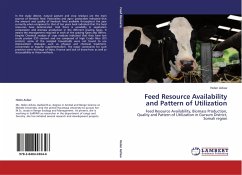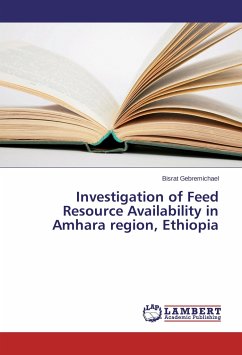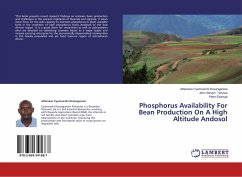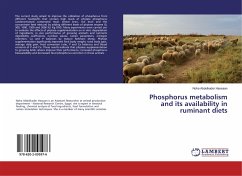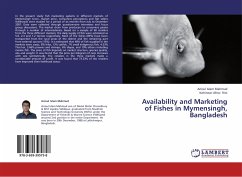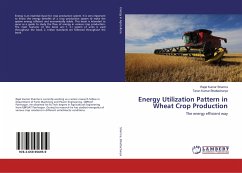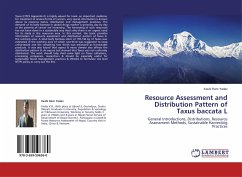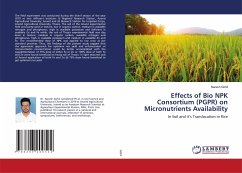In the study district, natural pasture and crop residues are the main sources of livestock feed. Pastoralists and agro- pastoralists indicated that the amount and quality of livestock feed available throughout the year currently when compared to that of ten years back indicated that the feed resources have deteriorated. And there is variability in vegetation composition and biomass production in the different grazing types. It means the management required in each of the grazing types also differs. Despite Chemical analysis of crop residues indicated that they have low crude protein (CP) content and are composed of high Crude fiber (CF) content, some of the sampled households were not found to use improvement strategies such as physical and chemical treatment, concentrate or legume supplementation. The major constraints for such practices were shortage of labor, finance and lack of know-how as well as inaccessibility to these methods.
Bitte wählen Sie Ihr Anliegen aus.
Rechnungen
Retourenschein anfordern
Bestellstatus
Storno

